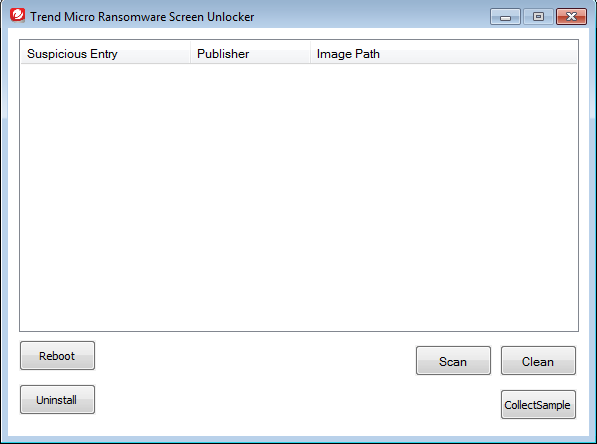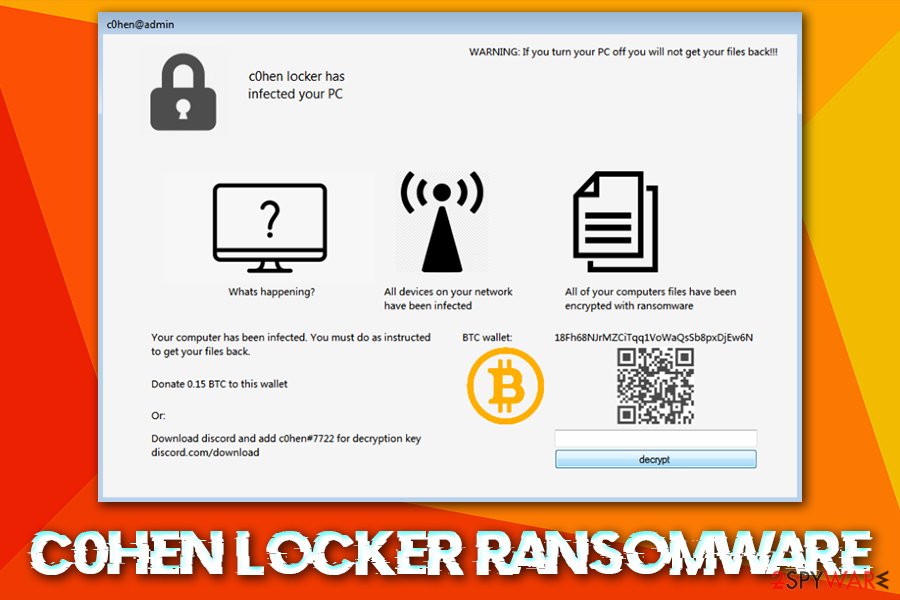
The attacker controls a private key, and sends a public key to the victim's computer. Typically, ransomware locks files with asymmetric encryption, which is a strong cryptographic method that requires two keys (a private key and public key) to encrypt and decrypt data. The ransomware then waits for a command (such as "encrypt files") from the attacker.


After ransomware malware is installed on the victim's machine, the malware often spreads to other devices on a network and connects to a command-and-control (C&C) server controlled by the attacker. A ransom note appears on the victim's computer with instructions for paying the attacker (usually in a cryptocurrency such as Bitcoin) to unlock the files.Ī ransomware attack can originate from a malicious link, email attachment, exploited vulnerability, attack campaign, or worm.

Ransomware is a type of malware that locks files on a victim machine, making data inaccessible.


 0 kommentar(er)
0 kommentar(er)
